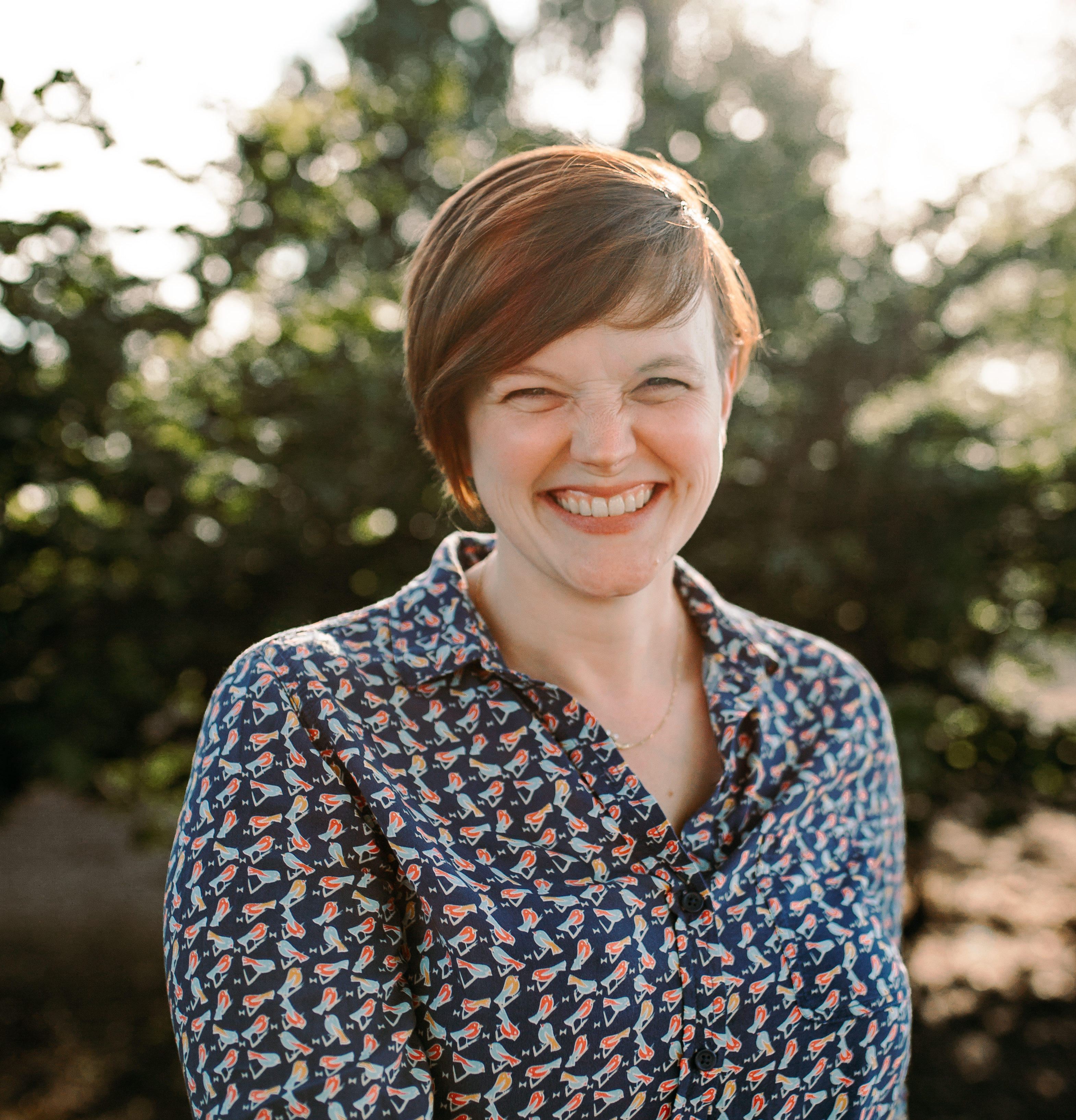
Designing solutions with OT

Britt St. John initially pursued psychology during her undergraduate studies but wanted a career that was "more playful, active, and flexible than psych was," she says. That's how she found occupational therapy (OT) and since then, she has "never looked back."
Britt was drawn to the field because of "OT brain," a term she uses to describe the systematic approach occupational therapists use to analyze problems. OTs help people engage in activities they need, want, or have to do in daily life by figuring out what’s stopping them from participating. OTs look at three main areas: the person, the activity, and the environment. By assessing these factors, OTs can pinpoint the disconnect between the person and the activity and design a solution. Solutions include helping clients develop skills, adjust their environments, or change the activity.
Vitally, this assessment is done in collaboration with clients, to create custom solutions that work for that person, that activity, and that environment. If the first solution doesn’t work, the process starts over again until something clicks. That spirit of collaboration and iteration makes OT distinct among medical fields. That same cycle of analysis, problem solving, testing, and adjustment also scales well. It’s the same process whether the client is a person, a small group, or a whole community.
Though Britt knew she wanted to pursue OT; she didn’t return to school immediately after her undergraduate studies. Instead, she spent several years working and attending to family obligations. When she eventually started her OT degree, she fell in love with research and went on to earn a PhD from the University of Wisconsin, followed by a Master of Public Health—all while raising two children. She also spent a year and a half in Australia on a Fulbright postdoctoral scholarship, working at the Olga Tennison Autism Research Centre.
“We can use participatory and inclusive research design to bring their lived experience in, and really shift research priorities and action.”
As her time in Australia was ending, Britt found an opportunity at the University of Washington. An Oregon native, she was eager to return to the Pacific Northwest, and she was excited to join UW's strong research community.
Now settled in Seattle, Britt has been busy establishing her network and launching research projects. She’s particularly passionate about addressing the underrepresentation of people with intellectual disabilities in research. “We can use participatory and inclusive research design to bring their lived experience in, and really shift research priorities and action,” she explains. Britt’s research often focuses on partnering with community programs. For instance, she might gather the experiences of individuals with intellectual disability receiving community programing to understand what’s going well and barriers to participation and use that information to identify areas for improvement. These projects, driven by community needs and provide insights that community partners can use to enhance services.
Feeding challenges are another research area close to Britt's heart. Around 80% of autistic children experience some level of feeding difficulty, a common issue that pediatric OTs address. However, there are significant gaps in clinical services for managing the complexities of feeding problems. To help, Britt was involved in the development of a comprehensive feeding assessment during her doctoral work. The assessment gathers detailed information from children and caregivers to guide clinical goals and break them down into manageable steps. She was also involved in developing and piloting a family intervention for feeding challenges. She continues to expand this research, aiming to use data to better prioritize clients and give targeted help where it’s needed most. This is vital because of the growing waitlists for help with feeding difficulties. Many families wait months to access services, if they can access them at all. If research could identify the different levels of support that different challenges require, clinicians might be able to reach more people with the right kind of help.
As the Division of Occupational Therapy marks 65 years, Britt is enthusiastic about showing her students the diverse opportunities within OT—whether as clinicians, advocates, consultants, or entrepreneurs. Her optimism for the field’s future goes back to "OT brain." By analyzing today’s challenges through the lens of OT, she sees countless ways the profession can make a difference.